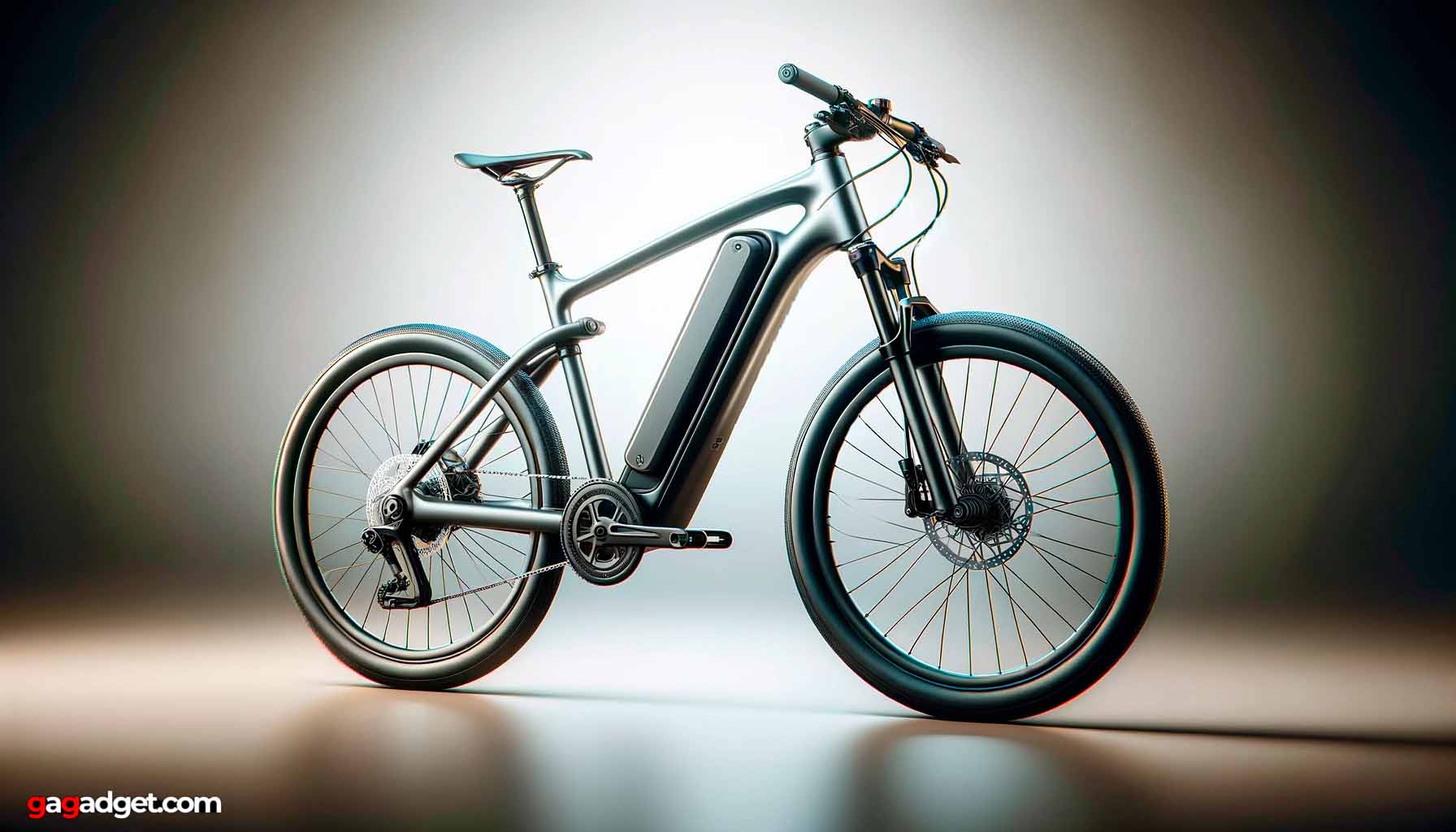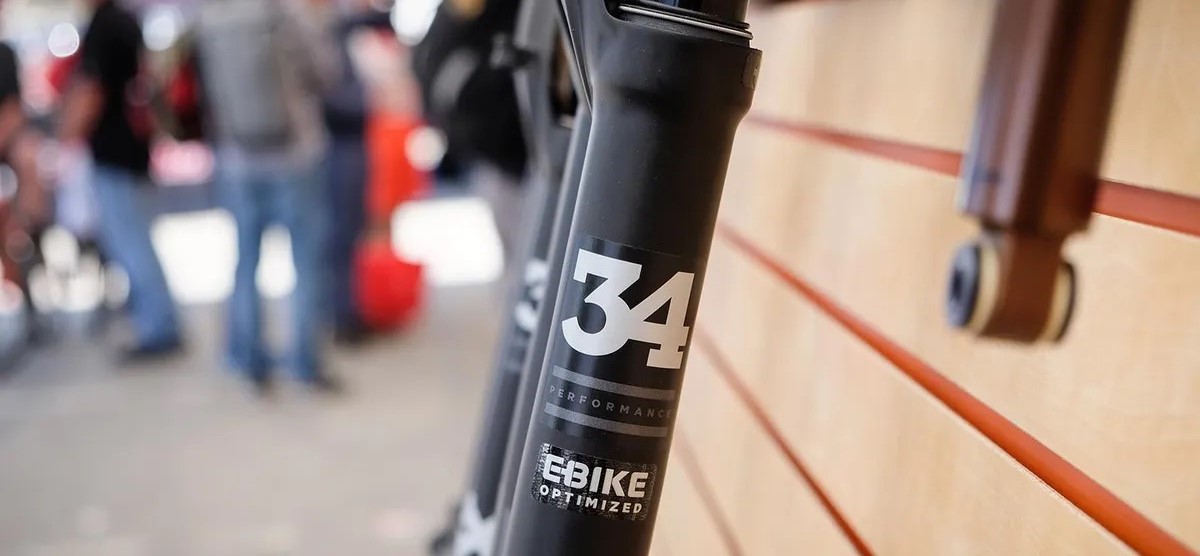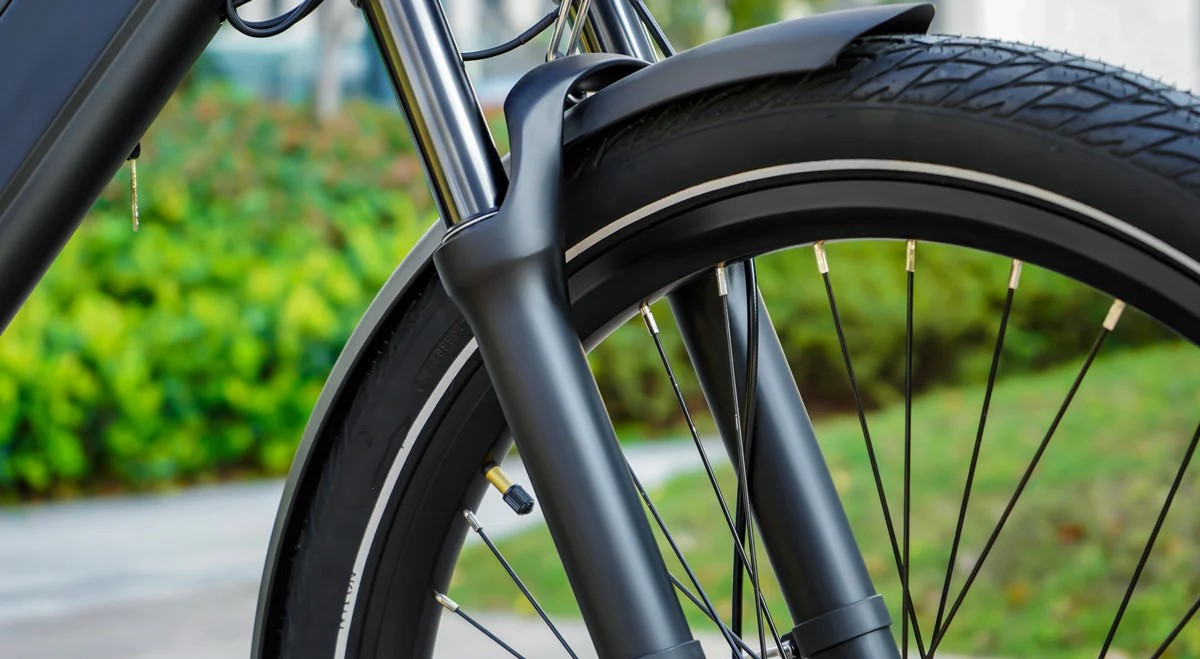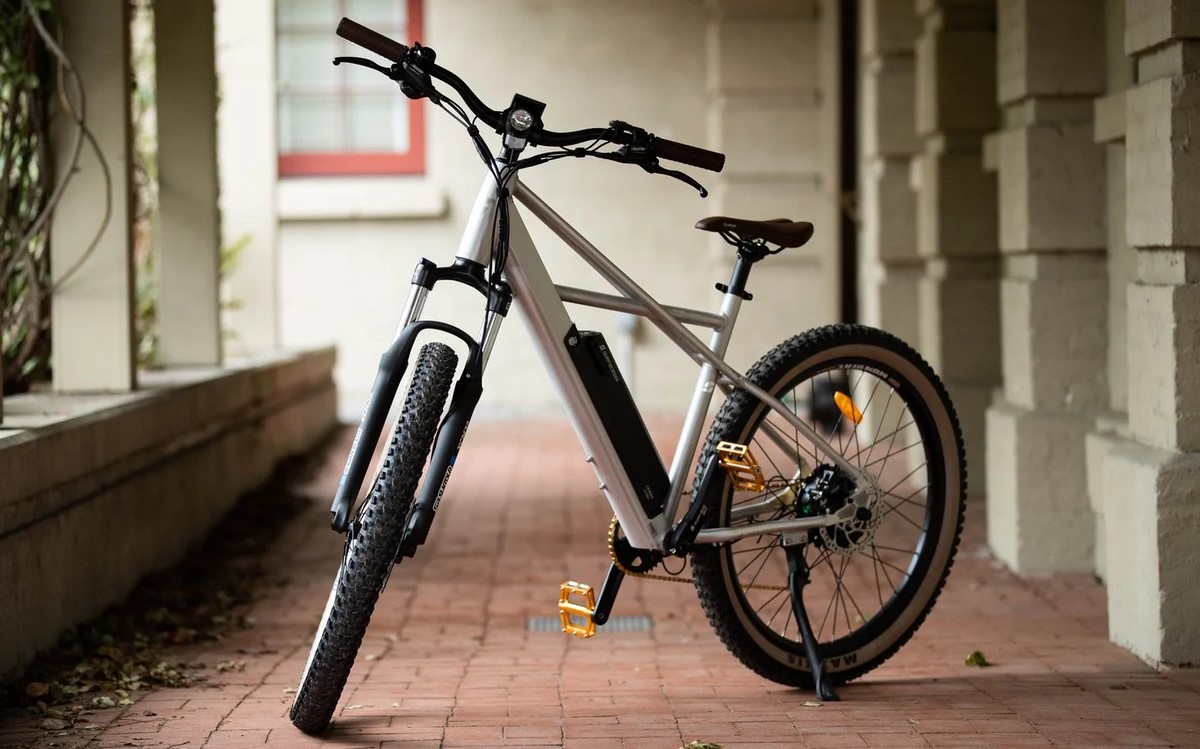Suspension Forks on E-Bikes
Suspension forks have become an increasingly common feature on electric bikes, offering improved comfort, control, and performance, especially when riding on rough or uneven terrain. As e-bikes continue to evolve and riders venture into more diverse landscapes, understanding the benefits and types of suspension forks is crucial for a safe and enjoyable riding experience.
Short answer: Suspension forks on e-bikes absorb shocks and vibrations from the terrain, providing a smoother and more controlled ride. They come in various types, including coil spring, air spring, and elastomer, each with its own advantages and disadvantages. When choosing a suspension fork for your e-bike, consider factors such as your riding style, terrain, budget, and the fork's adjustability, travel, and stanchion size.
- How Suspension Forks Work
- Types of Suspension Forks
- Benefits of Suspension Forks on E-Bikes
- Factors to Consider When Choosing a Suspension Fork
- Suspension Forks: Maintenance and Adjustments
- Suspension Forks on E-Bikes: FAQ
How Suspension Forks Work

Suspension forks are designed to absorb shocks and vibrations from the terrain, providing a smoother and more comfortable ride. They consist of several key components that work together to achieve this goal, including stanchions, lower legs, springs, and dampers.
Stanchions are the upper tubes that slide in and out of the lower legs, allowing the fork to compress and rebound. The lower legs house the stanchions and contain the spring and damping systems. Springs, which can be coil, air, or elastomer, support the rider's weight and allow the fork to compress and rebound. Dampers, on the other hand, are hydraulic systems that control the speed at which the fork compresses and rebounds, preventing excessive bouncing and improving control.
When the front wheel encounters a bump or obstacle, the suspension fork compresses, absorbing the impact and allowing the wheel to maintain contact with the ground. This process helps to reduce the amount of shock and vibration transmitted to the rider, resulting in a more comfortable and controlled ride. The spring and damper work together to manage the fork's compression and rebound, ensuring that the fork responds efficiently to the terrain while maintaining the rider's control and comfort.
Types of Suspension Forks

There are three main types of suspension forks used on e-bikes: coil spring, air spring, and elastomer. Each type has its own unique characteristics, advantages, and disadvantages.
Coil Spring Forks:
- Use a metal coil spring to support the rider's weight and provide compression and rebound;
- Offer a plush, linear feel throughout the travel;
- Generally less expensive than air spring forks;
- Heavier than air spring forks due to the metal coil;
- Less adjustable than air spring forks, as the spring rate is fixed.
Air Spring Forks:
- Use compressed air to support the rider's weight and provide compression and rebound;
- Lighter than coil spring forks, as they don't require a heavy metal coil;
- Highly adjustable, allowing riders to fine-tune the fork's performance to their weight, riding style, and terrain;
- Can be more expensive than coil spring forks due to their advanced design and materials;
- May require more frequent maintenance to ensure optimal performance.
Elastomer Forks:
- Use a solid, rubber-like material to provide compression and rebound;
- Generally less expensive and simpler in design compared to coil and air spring forks;
- Offer limited adjustability and may not perform as well as coil or air spring forks in demanding conditions;
- Tend to be heavier than air spring forks but lighter than coil spring forks;
- May degrade over time due to exposure to the elements and UV light.
Benefits of Suspension Forks on E-Bikes

Suspension forks offer several key benefits for e-bike riders. First and foremost, they greatly improve ride comfort by absorbing shocks and vibrations from the terrain, reducing fatigue and strain on the rider's body. This enhanced comfort allows riders to enjoy longer rides with less physical stress, making e-biking a more enjoyable and sustainable activity.
In addition to comfort, suspension forks also enhance control by helping to keep the front wheel in contact with the ground. This improved traction and control is especially valuable on rough or uneven surfaces, where a rigid fork may struggle to maintain consistent ground contact. With a suspension fork, riders can navigate challenging terrain with greater confidence and safety, reducing the risk of accidents or injuries.
The increased control and comfort provided by suspension forks also contribute to improved overall performance. By maintaining front wheel contact and reducing the impact of obstacles, suspension forks help to improve speed, efficiency, and handling. This enhanced performance allows e-bike riders to tackle a wider range of terrain and riding styles, from smooth pavement to rugged trails, making e-bikes more versatile and adaptable to different user preferences and needs.
Ultimately, the combination of improved comfort, control, safety, versatility, and performance makes suspension forks an increasingly popular and valuable addition to modern e-bikes. As riders continue to push the boundaries of what's possible on an electric bicycle, suspension forks will play a key role in enabling more adventurous and enjoyable riding experiences.
Factors to Consider When Choosing a Suspension Fork
| Factor | Description |
|---|---|
| Riding Style and Terrain | Consider the type of riding you'll be doing and the terrain you'll encounter most often. This will help you determine the ideal amount of travel, stiffness, and adjustability your fork should have. |
| Travel | Travel refers to the maximum distance the fork can compress. Longer travel forks (120mm+) are better suited for aggressive trail riding, while shorter travel forks (80-100mm) are ideal for cross-country and urban riding. |
| Stanchion Size | Larger stanchion diameters (34mm+) provide greater stiffness and stability, making them better suited for heavier riders or more demanding terrain. Smaller stanchions (28-32mm) are lighter and more compliant, ideal for cross-country and urban riding. |
| Adjustability | Look for forks with adjustable rebound and compression damping, as well as air pressure (for air spring forks). These adjustments allow you to fine-tune the fork's performance to your weight, riding style, and terrain. |
| Compatibility | Ensure that the suspension fork you choose is compatible with your e-bike's head tube diameter, brake type (disc or rim), and wheel size. |
| Budget | Suspension forks can vary greatly in price, from entry-level options to high-end, professional-grade models. Determine your budget and look for the best fork that fits within your price range while meeting your performance needs. |
Suspension Forks: Maintenance and Adjustments
To keep your e-bike's suspension fork performing at its best, regular maintenance and adjustments are essential. Cleaning your fork's stanchions and seals regularly with a soft brush and mild cleaner helps to remove dirt, dust, and debris that can cause wear and damage. Applying a thin layer of suspension fork oil to the stanchions and seals keeps them lubricated and prevents friction and wear.
For air spring forks, checking and adjusting the air pressure according to the manufacturer's recommendations and your weight is crucial. Use a shock pump to add or remove air as needed. Adjusting the rebound and compression damping settings also allows you to fine-tune the fork's performance based on your riding style, terrain, and preferences. Consult your fork's user manual for guidance on making these adjustments.
Periodically, your suspension fork may require more extensive servicing, such as seal replacement, oil changes, or a full rebuild. If you're not comfortable performing these tasks yourself, take your fork to a qualified bike mechanic for service. By staying on top of maintenance and adjustments, you can ensure that your e-bike's suspension fork continues to perform at its best, providing you with a comfortable, controlled, and enjoyable riding experience.
Suspension Forks on E-Bikes: FAQ

Can I add a suspension fork to my e-bike if it didn't come with one?
In many cases, yes. However, you'll need to ensure that your e-bike's frame and components are compatible with the suspension fork you wish to install. Consider factors such as head tube diameter, brake type, and wheel size when selecting a fork. It's always best to consult with a qualified bike mechanic before making any modifications to your e-bike.
How much travel do I need for my e-bike suspension fork?
The ideal travel length depends on your riding style and the terrain you'll be encountering. For cross-country and urban riding, 80-100mm of travel is usually sufficient. For trail and all-mountain riding, 120-140mm of travel is more appropriate. Downhill and freeride e-bikes may require even longer travel forks, up to 200mm.
How often should I service my e-bike suspension fork?
The frequency of service depends on factors such as riding frequency, terrain, and environmental conditions. As a general rule, aim to have your suspension fork serviced every 50-100 hours of riding or once a year, whichever comes first. However, if you notice any unusual performance issues or if your fork feels excessively sticky or rough, it may be time for a service.
Suspension Forks on E-Bikes: Conclusion
Suspension forks are a valuable addition to e-bikes, offering improved comfort, control, and performance across various terrains. By understanding the different types of suspension forks, their benefits, and the factors to consider when choosing one, you can make an informed decision that best suits your riding style and needs.
Regular maintenance and adjustments will ensure that your suspension fork continues to perform at its best, providing you with a smoother, safer, and more enjoyable e-biking experience. As e-bikes continue to evolve and riders push the boundaries of what's possible, suspension forks will undoubtedly play an increasingly important role in the future of electric cycling.
You may also like:
